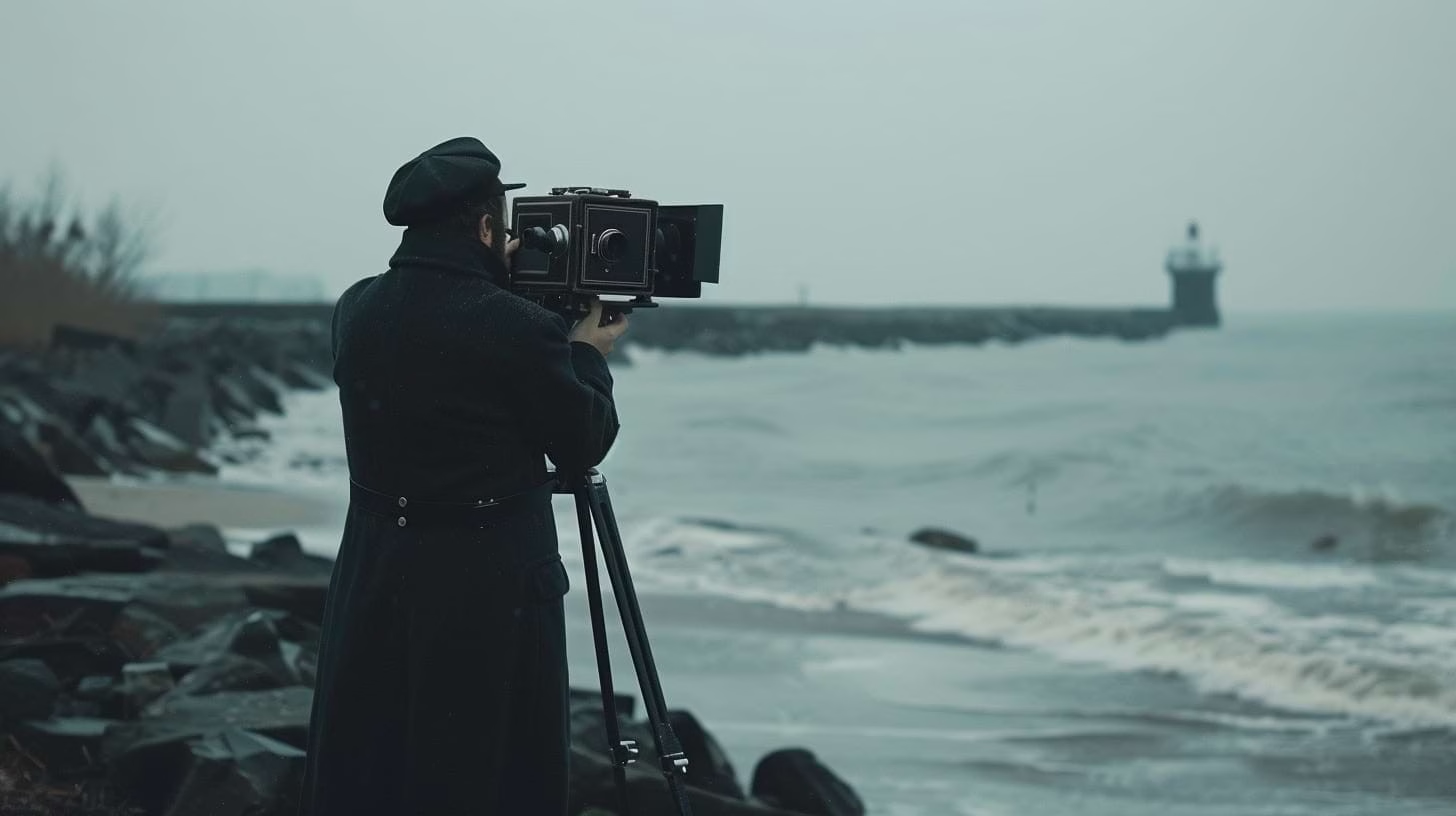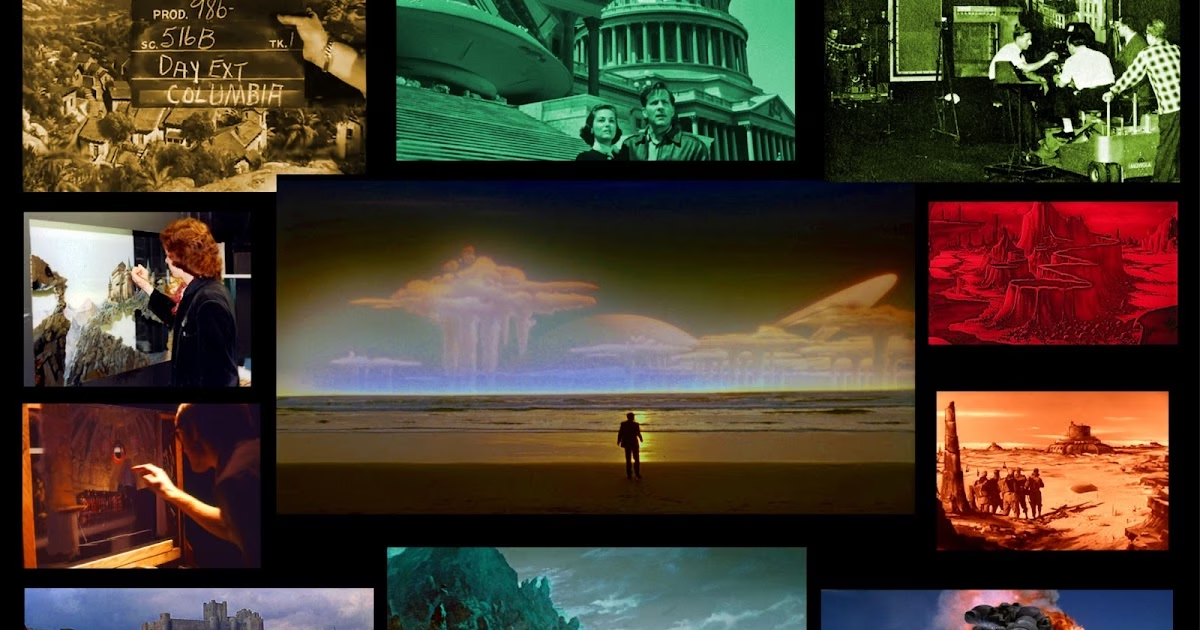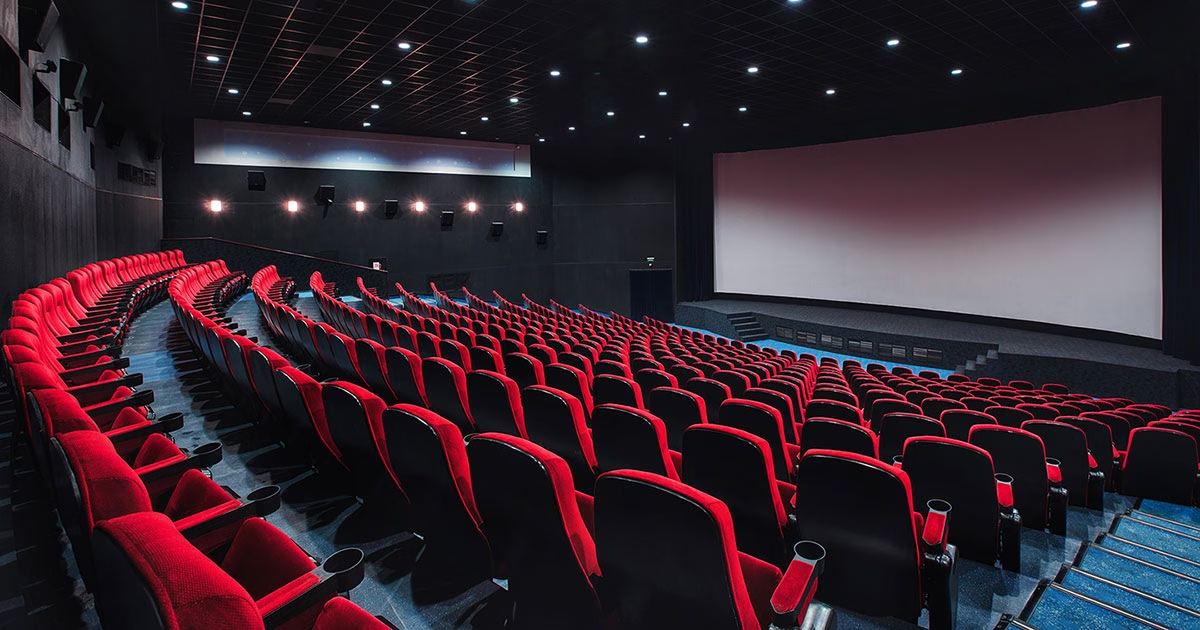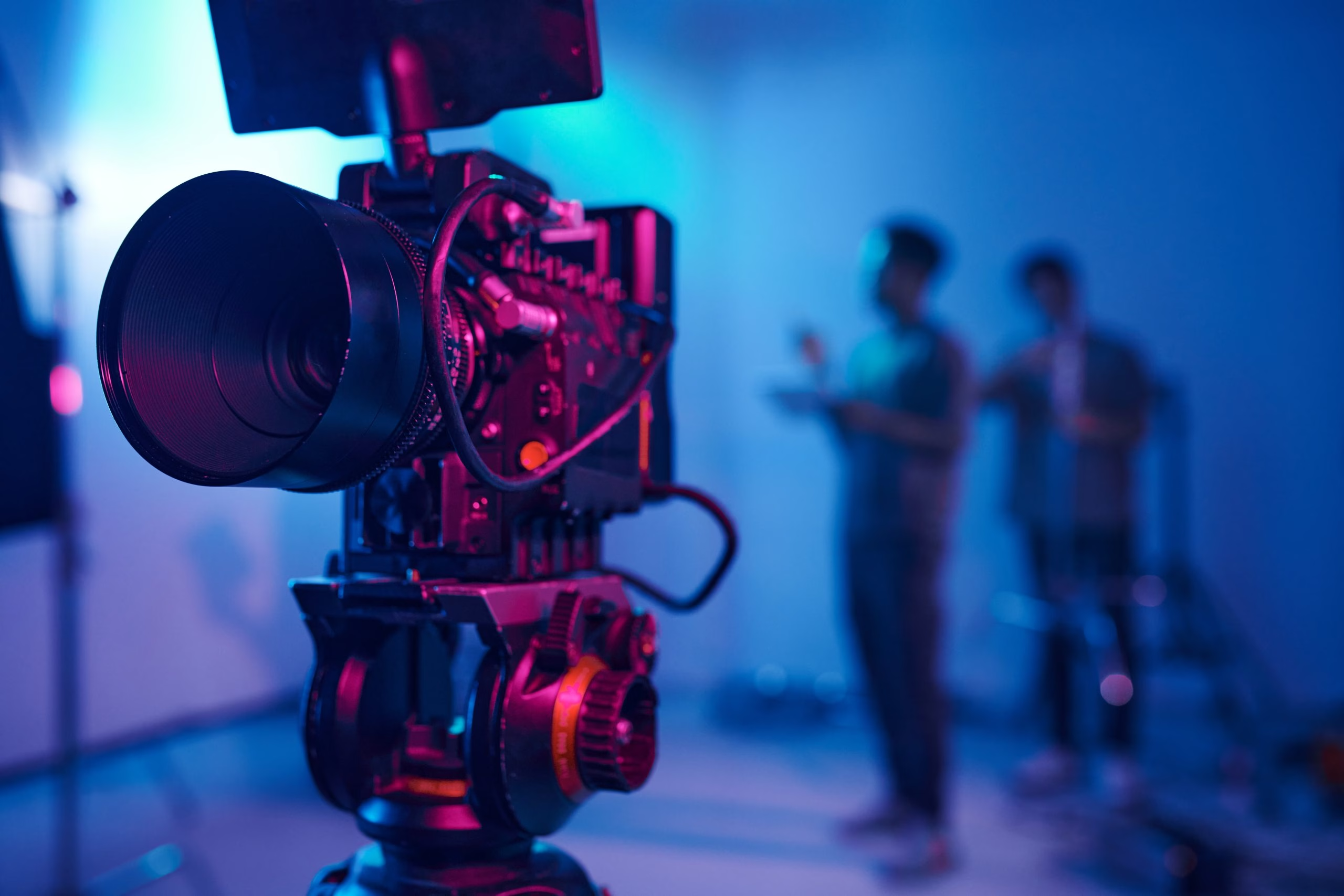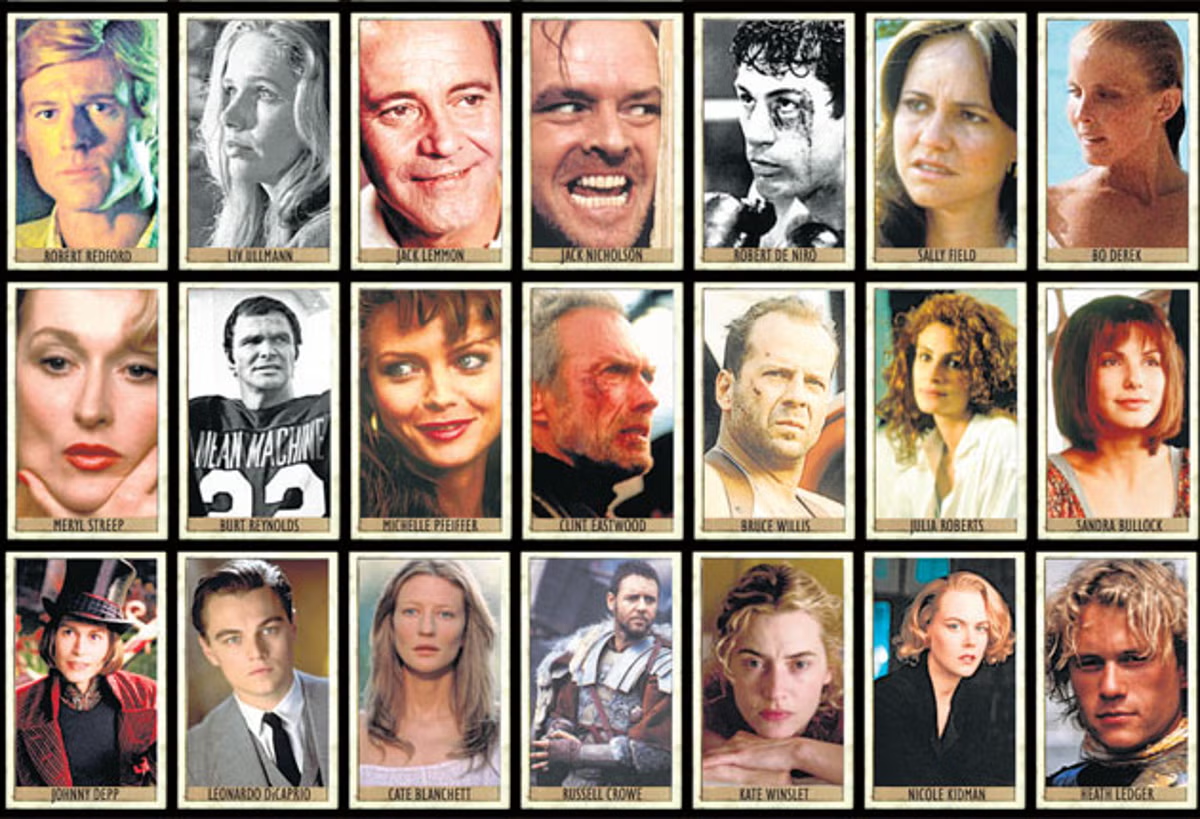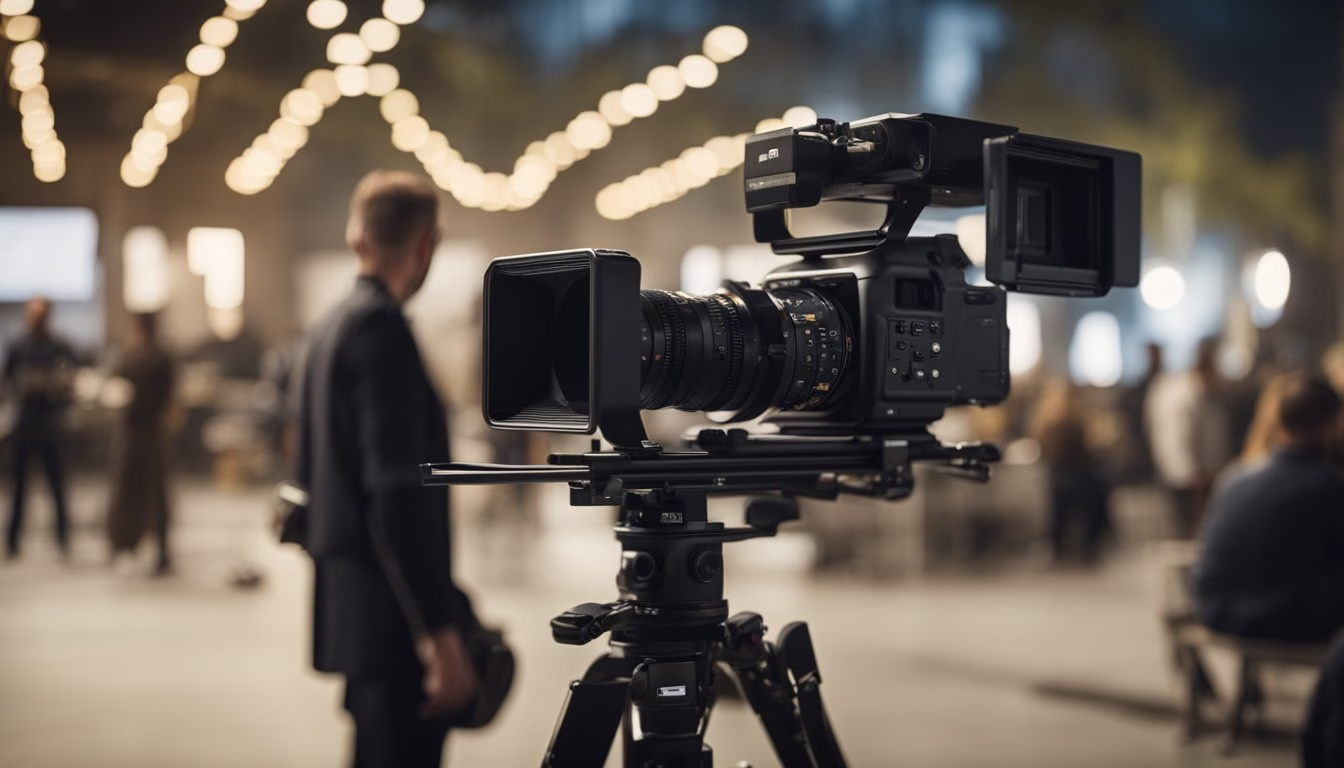The advent of digital technology has irrevocably transformed the aesthetics of cinema, ushering in a new era of visual storytelling possibilities. From the way films are captured and edited to the creation of fantastical worlds and the manipulation of reality, technology has profoundly impacted the look and feel of movies.
The Rise of Digital Cinematography:
- From Celluloid to Pixels: The transition from celluloid film to digital sensors revolutionized image capture. Digital cameras offer greater flexibility, allowing filmmakers to experiment with different looks, adjust settings in real-time, and capture images with greater dynamic range and sensitivity.
- Enhanced Color Grading and Manipulation: Digital technology has given filmmakers unprecedented control over color grading and image manipulation. This has led to a proliferation of distinct visual styles, from the vibrant, hyper-saturated look of modern blockbusters to the desaturated, melancholic tones of art-house films.
- High Frame Rates: High frame rate (HFR) technology allows for smoother and more fluid motion, creating a hyper-realistic and almost hyper-kinetic visual experience.
The Rise of Visual Effects:
- CGI Revolution: Computer-generated imagery (CGI) has become an integral part of modern filmmaking, enabling the creation of fantastical creatures, realistic environments, and mind-bending special effects.
- Pushing the Boundaries of Reality: CGI has blurred the lines between reality and fantasy, allowing filmmakers to create seemingly impossible visuals and transport audiences to extraordinary worlds.
- The Impact on Storytelling: Visual effects have not only enhanced the spectacle of cinema but have also opened up new avenues for storytelling, allowing filmmakers to explore complex and imaginative narratives.
The Impact on Editing:
- Non-Linear Editing: Digital editing software has revolutionized the editing process, allowing filmmakers to experiment with different cuts, rearrange scenes, and refine their work with greater flexibility and precision.
- Faster Turnaround Times: Digital workflows have significantly reduced the time required for post-production, enabling filmmakers to bring their projects to market more quickly.
The Evolving Language of Cinema:
The technological advancements of the digital age have not only transformed the tools of filmmaking but also the very language of cinema. New visual styles, storytelling techniques, and aesthetic approaches are constantly emerging, pushing the boundaries of cinematic expression.
Conclusion:
The digital revolution has had a profound and multifaceted impact on film aesthetics. From the way images are captured and manipulated to the creation of entirely new visual worlds, technology continues to shape the look and feel of cinema, offering exciting new possibilities for storytelling and visual expression. As technology continues to evolve, we can expect to witness even more innovative and breathtaking cinematic experiences in the years to come.
